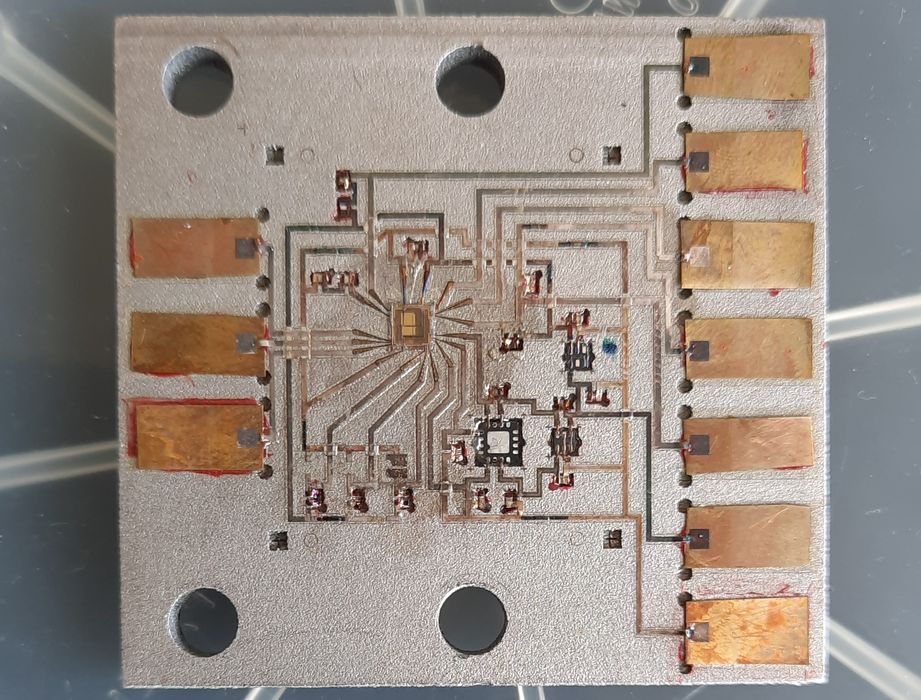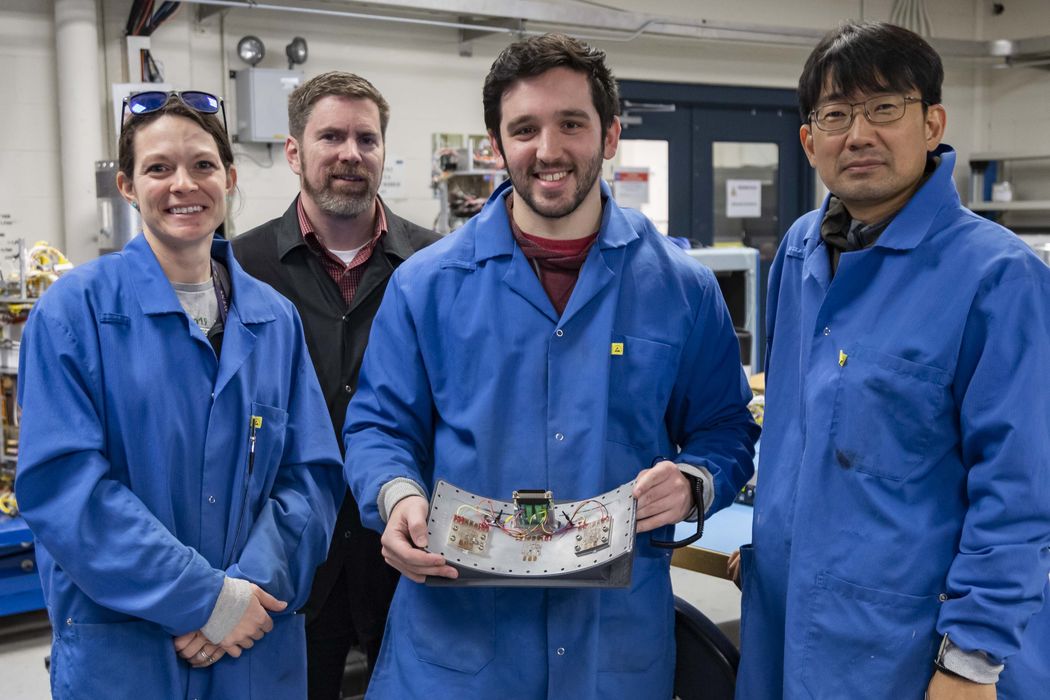
NASA announced a successful test of 3D printed electronics in space.
3D printed electronics are a niche area in the 3D print community: why do you need to 3D print electronics when it’s possible to buy 2D chips that have all the functions required at low cost?
The answer is that in certain situations there is an advantage, sometimes substantial, to being able to print the electronics rather than simply using standard chips and other electronic components.
How does the advantage appear for space-based applications? It all has to do with curves.
The concept is to 3D print the electronics directly on the surfaces of the spacecraft, which, as you might recall, are almost always curved. Standard electronics are flat, and supplied as separate components. By printing directly onto the spacecraft, the electronics “become” part of the spacecraft.
There’s also no need for the work required to install those separate components and wire them up. Separate components with wiring also introduce more opportunities for failure, which is something to be avoided on space flights.
Finally, a major advantage is space. Not the outer space kind, but the volume kind: by following the curves of the spacecraft it’s possible to occupy far less space than would be required with separately installed electronic components. While weight is the primary concern of space missions, available volume is also quite important.
The electronics printed on the project were incredibly small, apparently with the traces being only 0.03mm in width. This is almost invisible to the eye, showing how truly small these electronics could be on future spacecraft.

The NASA research team identified several other unusual benefits. Here’s one, explained by NASA Goddard’s electronics engineer Margaret Samuels:
“We can print the antenna on a curved surface like the outside of a rocket or spacecraft, increasing the angles at which it can send and receive signals in space.”
This could be a very important development, as it could change how signals are transmitted and received on spacecraft, possibly increasing flight reliability and safety.
The team produced several printed electronics components — temperature and humidity sensors — and installed them on the door and panels of a sounding rocket mission that went to the edge of space in late April. Sounding rockets don’t get all the way to orbit; instead they simply “go up” high enough to enter the space environment for a brief time. That’s sufficient to demonstrate whether the electronics functioned properly.
It turns out the test was successful.
Now we’ll wait for NASA to develop further and more extensive tests of this approach to demonstrate capabilities and explore the envelope of this entirely new approach to space electronics.
Via NASA
